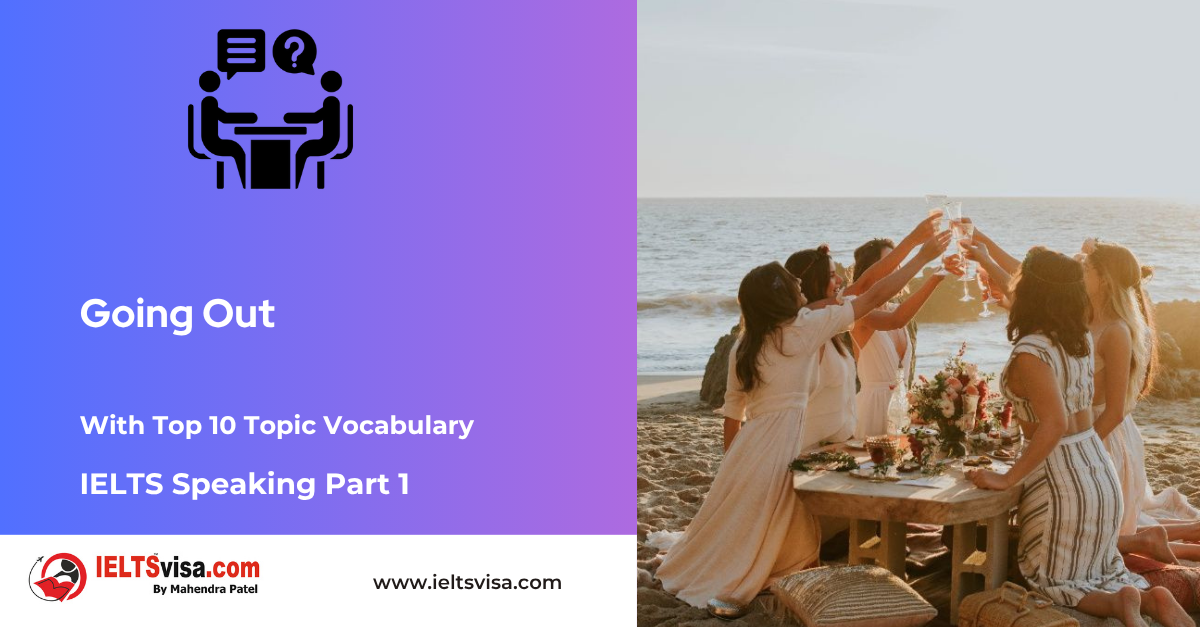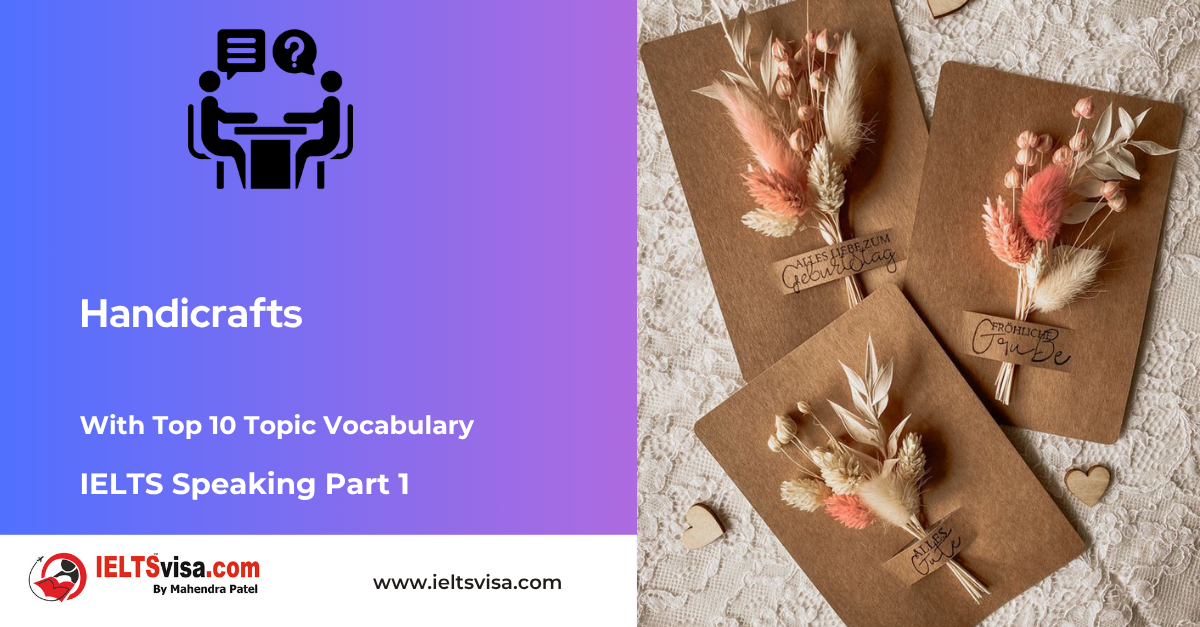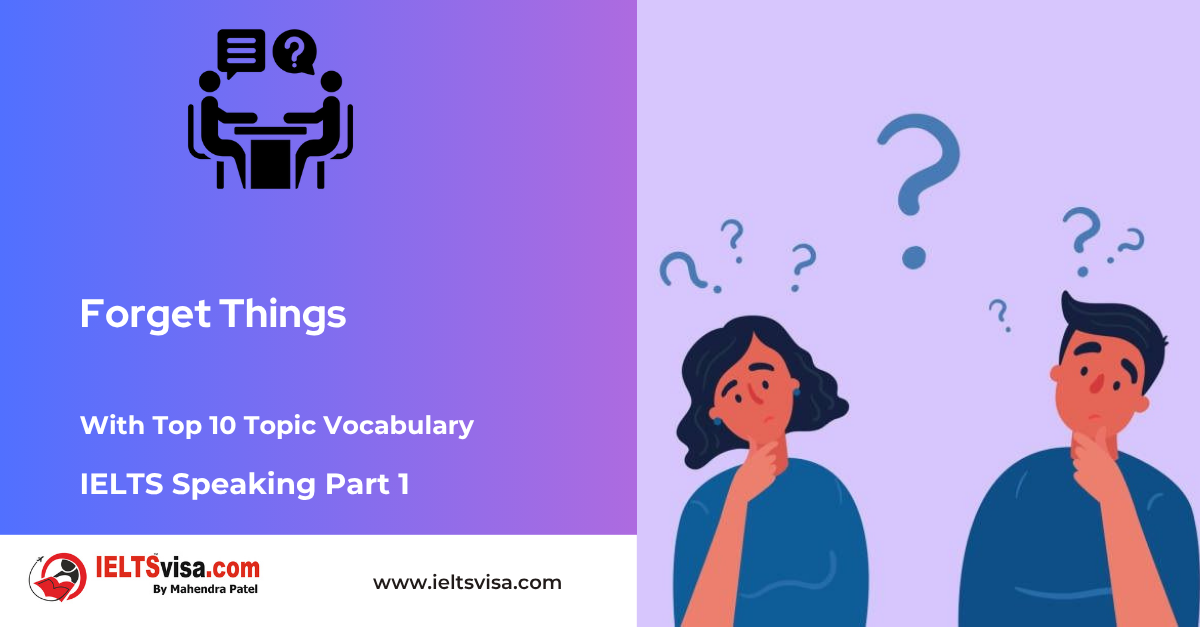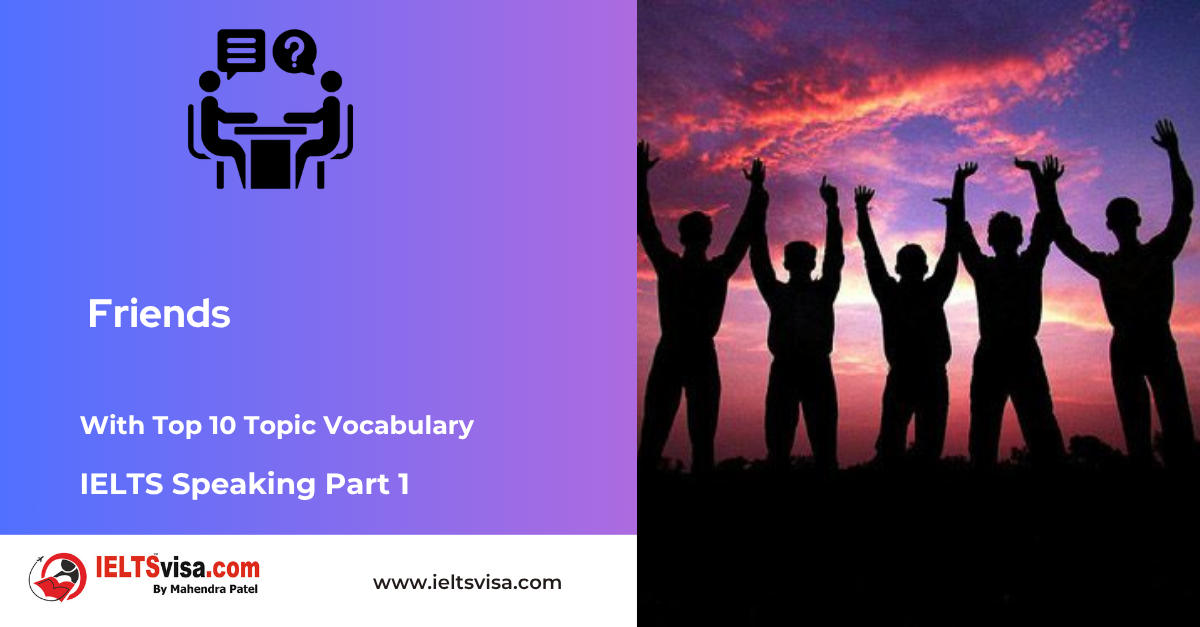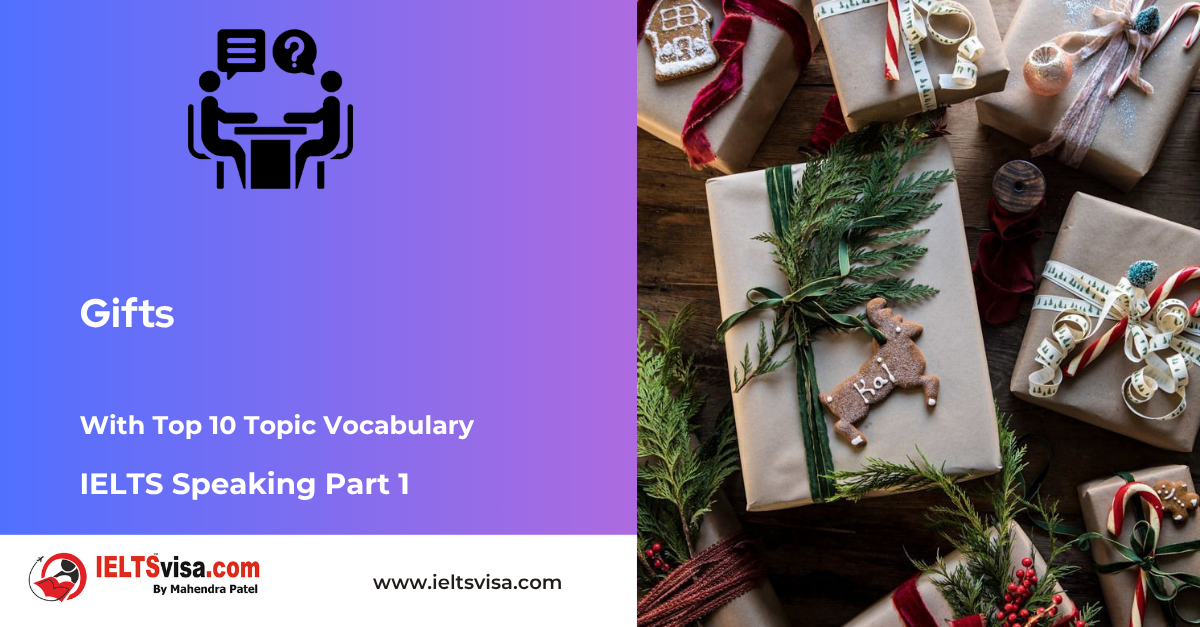IELTS Speaking Part 1 – Colours
IELTS Speaking Practice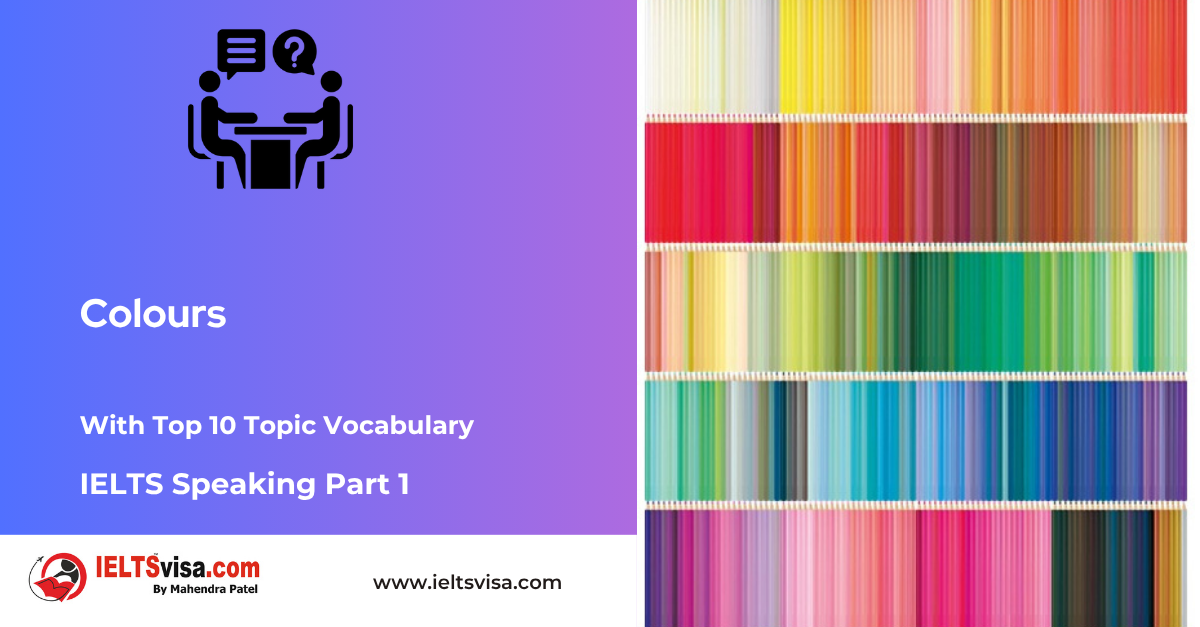
IELTS Speaking Part 1 – Colours
Examiner: What’s your favourite colour?
Candidate: My favourite colour is blue. I find it calming and serene, reminding me of the ocean and the sky.
Examiner: Are there any colours you dislike?
Candidate: I’m not particularly fond of neon colours. They can be too bright and overwhelming for my taste.
Examiner: What colours do you like to wear?
Candidate: I like to wear neutral colours like black, grey, and white, as well as some blue. They’re easy to mix and match and always look elegant.
Examiner: Do you think colours affect your mood?
Candidate: Yes, I believe colours can affect my mood. For instance, bright colours like yellow and orange can make me feel more cheerful, while darker colours like black or brown can make me feel more serious.
Examiner: What colours would you choose to paint the walls of your room?Candidate: I would choose a light, neutral colour like beige or light grey/grey for my room walls. These colours create a soothing and relaxing environment.
Examiner: Are colours important to you when you buy something?
Candidate: Colours are quite important to me when I buy something. I tend to choose colours that I find aesthetically pleasing and match well with my possessions.
Examiner: Do you think colours can influence the way people behave?
Candidate: I think colours can influence behaviour. For example, restaurants often use warm colours like red and orange because they can stimulate appetite and create a lively atmosphere.
Examiner: Do you have a favourite colour for a car?
Candidate: My favourite colour for a car is metallic silver. It looks sleek and modern, and it’s also practical because it doesn’t show dirt easily.
Examiner:What is the most popular colour in your country?
Candidate: In my country, white is a trendy colour, especially for cars and buildings. It’s seen as a clean and pure colour.
Examiner: Are there any colours that have special meanings in your culture?
Candidate: In my culture, red is often associated with good luck and celebration, while white is associated with purity and peace.
Examiner: Do you think different colours suit different personalities?
Candidate : I think different colours can suit different personalities. For example, someone with a vibrant and energetic personality might prefer bright colours. In contrast, someone who is more reserved might prefer muted tones.
Examiner: Have you ever changed your favourite colour?
Candidate : As a child, my favourite colour was green because it reminded me of nature. As I grew older, my preference shifted to blue.
Examiner: Do you think colours are important in advertising?
Candidate : Absolutely. Colours are crucial in advertising because they can attract attention, convey messages, and evoke emotions that can influence consumer behaviour.
Examiner: What colour would you never use in your home?
Candidate : I would probably never use bright neon colours in my home. They’re too intense and wouldn’t create the relaxing atmosphere I prefer.
Examiner: Do colours have different meanings in different cultures?
Candidate : Colours can have very different meanings across cultures. For example, in some cultures, white is associated with mourning, while in others, it represents purity and peace.
Examiner: What colour do you think is best for an office?
Candidate : I think light blue or green is best for an office because these colours are calming and can help increase productivity and reduce stress.
Examiner: Do you prefer light or dark colours?
Candidate : I prefer light colours because they make spaces feel more open and airy. However, I appreciate dark colours in specific contexts, like creating a cosy atmosphere.
Examiner: Do you think people’s preferences for colours change with age?
Candidate : Yes, people’s colour preferences can change with age. Our tastes and perceptions evolve as we age, influencing our favourite colours.
Examiner: Is there a colour that you associate with happiness?
Candidate : I associate yellow with happiness because it’s bright and cheerful, like sunshine. It always seems to lift my spirits.
Examiner: Do you think people from different countries have different favourite colours?
Candidate : I believe cultural differences can influence favourite colours. People from different countries might have preferences based on their cultural significance and environmental surroundings.
Top 10 Topic Vocabulary for “Colours”
|
Vocabulary |
Type |
Meaning |
Synonyms |
Antonyms |
Word Family |
Example Sentences |
|
Serene |
Adjective |
Calm and peaceful |
tranquil, quiet, peaceful |
serenity |
Blue is a serene colour. It evokes feelings of calmness and tranquillity. |
|
|
Neon |
Adjective |
Brightly colored |
fluorescent, vivid, glaring |
neon |
Neon colours are too bright for my taste. I prefer more muted and subtle colours. |
|
|
Muted |
Adjective |
Soft and quiet |
subdued, muted, toned down |
mute |
I prefer muted tones for my home decor. I like soft and calming colours rather than bright and overwhelming. |
|
|
Stimulate |
Verb |
To make someone interested or excited |
excite, arouse, provoke |
stimulation |
Warm colours can stimulate appetite. Restaurants often use warm colours like red and orange to create a welcoming and inviting atmosphere. |
|
|
Evoke |
Verb |
To call forth or bring about |
arouse, elicit, summon |
evocative |
Colors can evoke emotions. Different colours can evoke different feelings and emotions. |
|
|
Sleek |
Adjective |
Smooth and stylish |
stylish, streamlined, elegant |
sleekness |
Silver is a sleek colour for a car. A silver car has a smooth and modern appearance. |
|
|
Pure |
Adjective |
Free from impurities or adulteration |
clean, uncontaminated, unadulterated |
purity |
White is associated with purity in many cultures. White is often seen as a symbol of purity and innocence. |
|
|
Vibrant |
Adjective |
Full of energy and activity |
lively, energetic, bustling |
vibrancy |
Bright colours can create a vibrant atmosphere. A room painted in bright colours can feel more lively and energetic. |
|
|
Aesthetically |
Adverb |
Relating to or concerned with beauty |
artistically, beautifully, visually |
aesthetic |
I choose aesthetically pleasing colours. I select colours that look visually appealing and create a harmonious atmosphere. |
|
|
Neutrality |
Noun |
The state of not favouring any side in a conflict |
impartiality, objectivity, unbiasedness |
neutral |
Neutral colours are easy to mix and match. Colours like black, white, and grey are considered neutral because they go well with almost any other colour. |

Our Books
Master IELTS Speaking Part 1
IELTS Writing Task 1 Book
IELTS Writing Task 2 Book
Practice IELTS Other Modules
IELTS Listening
The IELTS Listening test assesses how well you can understand spoken English in various contexts. It lasts about 30 minutes and is divided into four sections with a total of 40 questions. The listening tasks become increasingly difficult as the test progresses.
IELTS Academic Reading
The IELTS Academic Reading section assesses your ability to understand and interpret a variety of texts in academic settings. It is designed to evaluate a range of reading skills, including skimming for gist, reading for main ideas, reading for detail, understanding inferences, and recognizing a writer's opinions and arguments.
IELTS Speaking
The IELTS Speaking test assesses your ability to communicate in English on everyday topics. It lasts 11-14 minutes and consists of three parts: introduction, cue card, and a discussion based on the cue card topic.
IELTS General Reading
IELTS General Reading tests your ability to understand and interpret various types of texts. Here are some key areas and types of content you can expect to encounter in the reading section, along with tips for effective preparation.
IELTS Academic Writing Task 1
In IELTS Academic Writing Task 1, you are presented with a visual representation of information, such as graphs, charts, tables, or diagrams, and you are required to summarize, compare, or explain the data in your own words.
IELTS General Writing Task 1
In IELTS General Writing Task 1, you are required to write a letter based on a given situation. The letter can be formal, semi-formal, or informal, depending on the prompt. Here’s a breakdown of the key components to include in your letter
IELTS Academic Writing Task 2
In IELTS Academic Writing Task 2, you are required to write an essay in response to a question or topic. Here’s a guide to help you understand the essential elements of this task
IELTS Exam Tips
To succeed in the IELTS exam, practice regularly, familiarize yourself with the test format, improve your vocabulary, develop time management skills, and take mock tests to build confidence.
Grammer for IELTS
Grammar is the foundation of effective communication in English. Understanding tense usage, subject-verb agreement, and sentence structure enhances clarity and coherence in writing and speaking.
Vocabulary for IELTS
Vocabulary plays a crucial role in the IELTS (International English Language Testing System) exam, especially in the Speaking and Writing sections. Here’s an overview of why vocabulary is important and how it impacts your performance
RECENT IELTS SAMPLES QUESTIONS AND ANSWERS
IELTS Speaking Part 1 – Going Out
IELTS Speaking Part 1 - Going Out Examiner: Do you enjoy going out?Candidate: I definitely enjoy going out!...
IELTS Speaking Part 1 – Handicrafts
IELTS Speaking Part 1 - Handicrafts Examiner: Do you appreciate handicrafts?Candidate: Absolutely! I find...
IELTS Speaking Part 1 – Forget Things
IELTS Speaking Part 1 - Forget Things Examiner: Do you often forget things? Candidate: Sometimes, I forget...
IELTS Speaking Part 1 – Favourite Subject – History
IELTS Speaking Part 1 - Favourite Subject - History Examiner: What is your favourite subject?Candidate: My...
IELTS Speaking Part 1 – Friends
IELTS Speaking Part 1 - Friends Examiner: Do you have many friends?Candidate: I have a good number of friends....
IELTS Speaking Part 1 – Gifts
IELTS Speaking Part 1 - Gifts Examiner: Do you like giving gifts?Candidate: I enjoy giving gifts because seeing...

